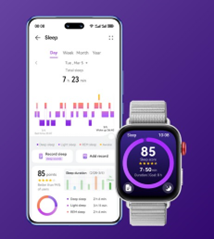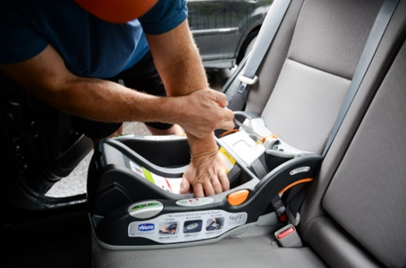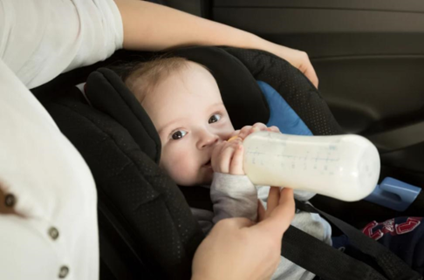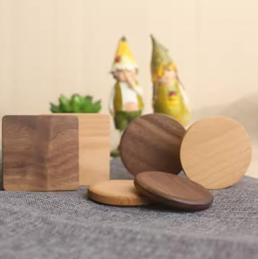Ensuring your child’s safety is a top priority for every parent, especially when it comes to travel. Infant car seats play a crucial role in protecting your little one during car rides. These seats are specifically designed to cater to the needs of newborns and infants, providing optimal support and security. But how long can you use an infant car seat? In this blog, we’ll delve into the key factors that influence the lifespan of an infant car seat, including age, weight, expiration dates, and general wear and tear. Understanding these factors can help you make informed decisions about when it’s time to transition to a different car seat to ensure your child’s safety remains uncompromised.

Understanding Infant Car Seat Lifespan
Infant car seats are designed for a specific period based on the needs of newborns and infants. These seats generally cater to babies up to 2 years old. However, several factors influence the exact duration, including the baby’s growth rate and the car seat’s conditions. It’s essential to familiarize yourself with these aspects to maximize safety and utility. Regularly checking your car seat’s manual and following the manufacturer’s guidelines is crucial. Adhering to these recommendations ensures that your child is secure during every journey. Let’s delve deeper into the factors affecting the lifespan of an infant car seat.
Key Factors Affecting How Long You Can Use an Infant Car Seat
Age and Weight Limits
The primary considerations for the duration of use of an infant car seat are age and weight limits. Most infant car seats are designed to accommodate babies from birth until they reach a weight of around 22 to 35 pounds, depending on the model. Height is another critical factor; once your child’s head is within an inch of the top of the car seat, it’s time to move on to a larger seat. Following these guidelines ensures that your child’s body is adequately supported and protected. Exceeding these limits can compromise the safety features of the car seat designed to protect smaller bodies.
Expiration Dates and Safety Regulations
Car seats are often marked with an expiration date, typically ranging from six to ten years from the date of manufacture. This date is determined based on the expected durability of the materials used. Over time, the structural integrity can degrade, making the seat less effective in protecting your child during a crash. Safety regulations and technological advancements also evolve, making newer models potentially safer. Regularly checking the expiration date of your car seat ensures that your child does not ride in a seat that may have become compromised over time.
Wear and Tear Over Time
Daily use and exposure to varying temperatures can cause wear and tear to the car seat. Inspect the seat regularly for visible signs of damage such as cracks, frayed straps, or worn padding. Even minor damages can significantly impact the performance of the car seat in the event of an accident. It’s important to follow cleaning guidelines meticulously, as improper cleaning agents may weaken the materials. Keeping the car seat in good condition helps maintain its safety features for as long as possible.
When Should You Transition to a Different Car Seat?
Signs Your Baby Has Outgrown the Infant Car Seat
You might wonder when it’s time to make the switch to a larger car seat. The key signs include your child exceeding the car seat’s weight limit, their shoulders being above the harness slots, or if their head is less than one inch from the top of the seat. A snug fit is crucial for safety—if your baby’s size compromises the fit, it’s time to transition. Additionally, if your child seems uncomfortable, it could be a sign that they need more space. Parents should prioritize upgrading to a suitable car seat once these indicators are evident.
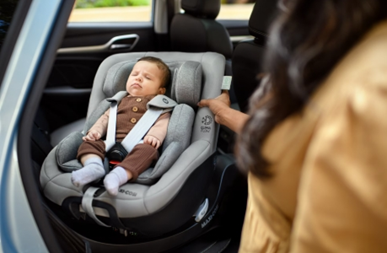
Choosing the Right Convertible Car Seat
When your baby outgrows the infant car seat, selecting a convertible car seat is the next step. Convertible car seats can be adjusted from rear-facing to forward-facing as your child grows, catering to larger weights and heights. It’s essential to choose a car seat that meets current safety standards and fits well in your vehicle. Consider factors such as adjustability, ease of installation, and comfort features. Researching and selecting a high-quality convertible car seat ensures that your child continues to travel safely and comfortably.
What to Do If Your Infant Car Seat Is Close to Expiration
If your car seat is nearing its expiration date, plan to replace it promptly. Consider recycling the old car seat if possible, as this is often safer than passing it on, given the potential for unseen wear and tear. When purchasing a new car seat, check for the latest safety features and advancements. Familiarize yourself with installation guidelines and any new regulations. Keeping a close eye on expiration dates and acting proactively ensures your child’s continued safety without interruptions.
Conclusion
Understanding the factors affecting the lifespan of an infant car seat is essential for ensuring your child’s safety during travels. How long can you use an infant car seat depends on several factors, including the car seat's age, weight limits, and expiration dates. Over time, the materials can degrade due to exposure to sun, temperature fluctuations, and general wear and tear. Regular inspections and following the manufacturer’s guidelines can help determine if your car seat is still safe to use. As your child grows, transitioning to a suitable convertible car seat at the right time ensures their safety continues. Prioritize up-to-date safety features and regulations to ensure the best protection for your little one.
FAQ
How can I check if my infant car seat has expired?
Look for the expiration date on a sticker or imprinted on the car seat. This information is usually located on the bottom or side of the seat. Refer to the user manual for exact details.
Can I continue using my infant car seat after the expiration date?
No, it’s not safe to use an infant car seat beyond its expiration date. The effectiveness of the materials may be compromised, which can reduce the seat’s safety in a crash.
What should I do if my infant car seat is damaged?
If your infant car seat is damaged, discontinue use immediately. Even minor damage can affect the seat’s safety. Replace the car seat and follow disposal guidelines to ensure it isn’t reused.

